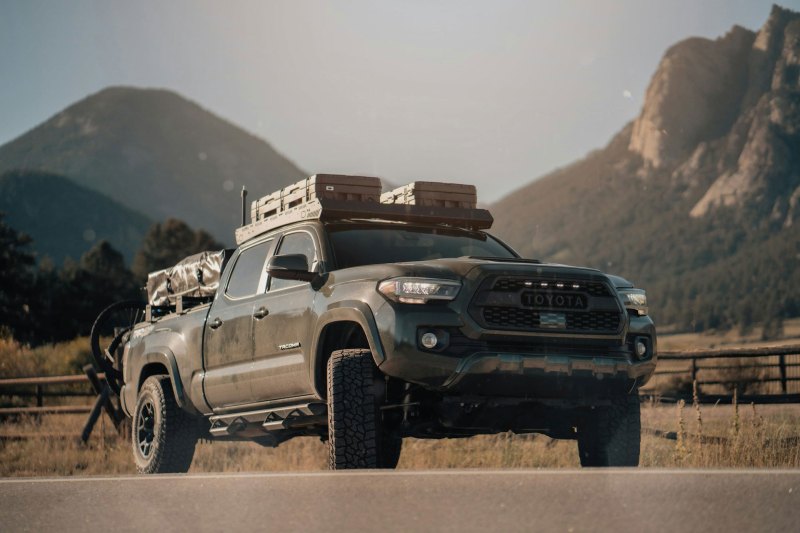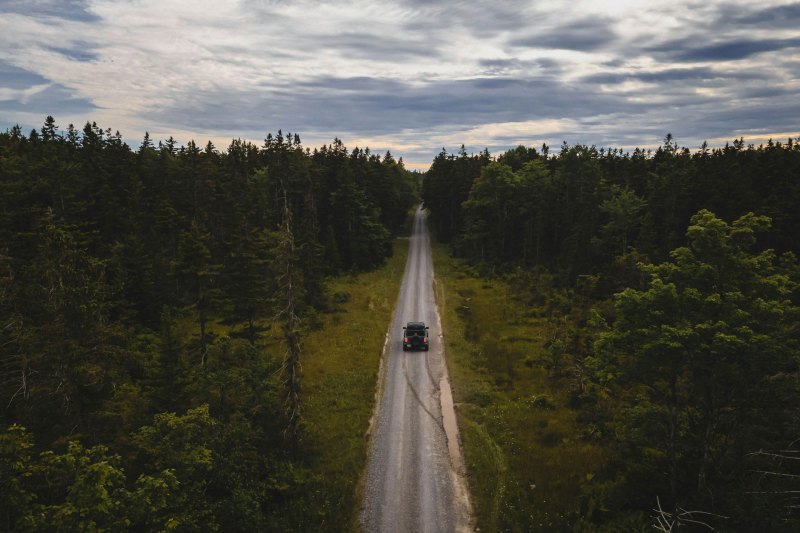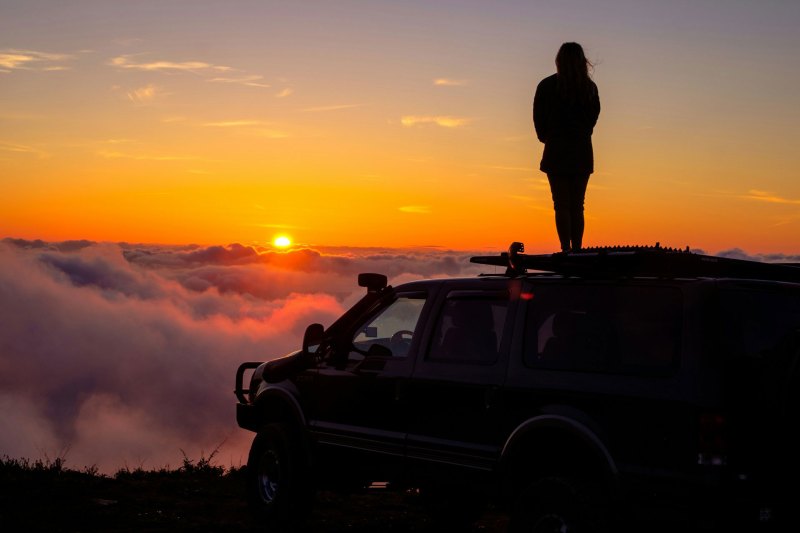If social media is any indication, overlanding is a very, very expensive hobby. It “requires” a ridiculously kitted-out Jeep or 4Runner with a six-inch lift kit, a $3,000 rooftop tent, and a long list of specialty recovery gear mounted to every square inch of your rig — usually to the tune of $80,000 or more. In reality, most people can start overlanding with nothing more than a stock SUV or vehicle with reasonably high clearance and a decent set of tires. Beyond that, there are a few basic things that every overlander should prepare for. Here’s my top five:
Don’t overpack your overlanding rig

What qualifies as “overpacking” is different for everyone. Exactly what and how much you pack depends on your personal needs, and knowing what’s right for you often takes some trial and error, especially if you’re new to overlanding. If you tend to fly by the seat of your pants when it comes to packing, I get it. There’s a certain freedom in not feeling like you’re planning everything to death. But, when it comes to overlanding, that can often mean you’re throwing things in the back of your vehicle just because you might need them, which can result in overpacking (or, even worse, forgetting critical gear entirely).
That’s why, for newbies, I strongly recommend making a list of everything you absolutely need, then adding anything you’ll probably need. If you’re an overlanding noob, feel free to pack some “just in case” items. But its important not to go crazy. Once you have a few trips under your belt, reassess whether or not you need them. I’m constantly reexamining what I pack for every camping trip, including my overlanding journeys, to see if I can better hone and lighten my loadout. It simplifies the experience and also ensures you’re not taking up valuable space inside your rig with useless gear.
Not understanding overlanding fuel needs

This one might seem obvious. But it’s easy to underestimate just how much fuel you might need for overlanding and how difficult it can be to find when you really need it. I recommend doing some simple calculations on your vehicle to determine its overall range. Subtract between 10-20% of the total miles just to be safe, then make sure the distance of your next overlanding trip doesn’t exceed that figure.
Extra Jerry cans (fuel canisters) look cool mounted to your rig. But, if you’re just getting into overlanding — especially if you’re looking to save a bit of money from the start — don’t bother with them right now. The canisters and special vehicle mounts can be expensive, and I would suggest skipping them until you understand your needs or start planning much longer trips into the backcountry.
Not packing even basic recovery gear

It’s shocking how poorly prepared many overlanders, especially new overlanders, are when heading into the backcountry. You don’t have to spend a fortune on an overpriced winch and brand-name recovery boards. However, a basic inventory of recovery gear and knowing how to use it is essential. At a bare minimum, I recommend a tire deflator/pressure gauge (analog is best), an air compressor (compact models are available on Amazon for under $100), a jack, a spare tire, and a battery jumpstarter (jumper cables, too, but it’s better to assume you might be out there all alone). Pack at least one recovery board, although two is better.
Improperly managing waste in the backcountry

Always practice Leave No Trace principles in the backcountry. That means packing out whatever you pack in — that includes everything from empty beer bottles to plastic bags to your own poo. Plan ahead to ensure every type of trash has its place. Household garbage bags are fine, but I recommend looking into a dedicated reusable trash bag. There are several outdoor companies that make heavy-duty nylon bags specifically for this purpose, and many are even designed to hang on the outside of your vehicle (of course, you may need to make alternate plans if you’re camping in bear country).
Ignoring weather conditions

Many of the most popular places for overlanding — think the deserts of Utah, the mountainous wilds of Patagonia, or the high-elevation alpine overlooks in the Rockies — are prone to severe and unpredictable weather. I always check multiple sources to get an average “read” on the weather for the duration of my trip. It’s important for overall packing purposes and knowing how many layers to bring. But, it’s doubly important to making sure you don’t get stuck in a massive sandstorm or a sudden snow squall you might not have otherwise seen coming. Be realistic, too, about your vehicle’s capabilities. If you’re running stock tires and aren’t used to driving in, say, moderate snow, think twice about heading into the backcountry, miles from civilization, where you’re more likely to get stuck alone if snow is in the forecast.




